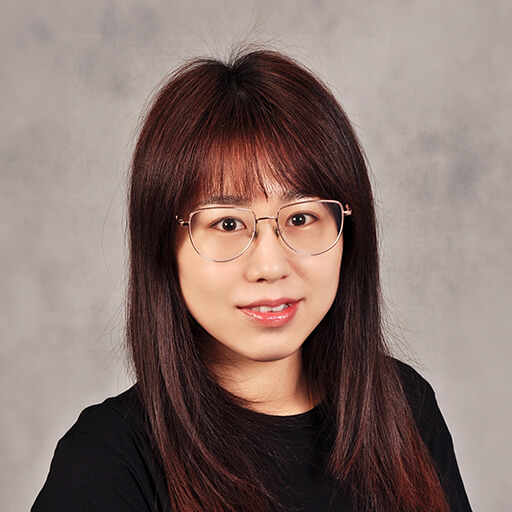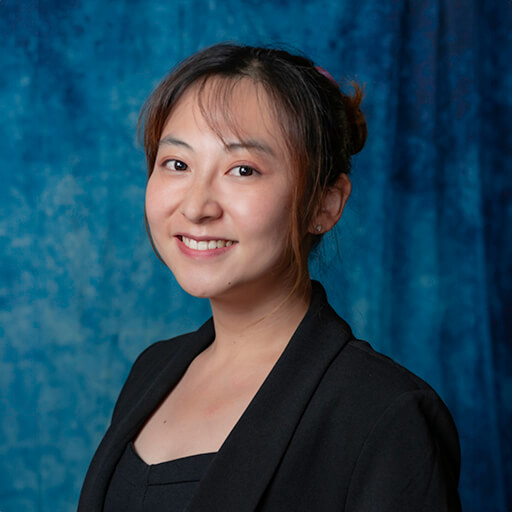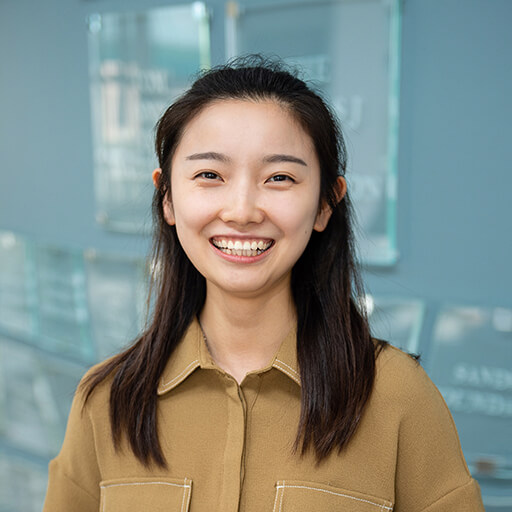Autoimmunity and Normal Pressure Glaucoma
About the Research Project
Program
Award Type
Standard
Award Amount
$50,000
Active Dates
April 01, 1995 - March 31, 1997
Grant ID
G1995428
Summary
Open angle glaucoma (OAG), the second leading cause of irreversible blindness in the United States (1), comprises 2 major syndromes. Primary OAG (POAG) is a disease generally characterized by a clinical triad which consists of I) elevated intraocular pressure; 2) the appearance of optic atrophy presumably resulting from elevated IOP; and 3) a progressive loss of peripheral visual sensitivity in the early stages of the disease, which may ultimately progress and impair central visual acuity. POAG affects approximately 0.5% of the American population and is prevalent in 1.3% of white and 4.7% of black Americans over the age of 40 (1.6 million persons). Studies have indicated, however, that a surprisingly high percentage of patients with open angle glaucoma have findings identical to those in POAG but with a singular exception; namely, that the intraocular pressure has never been demonstrated to be elevated. Several large population-based studies have documented the high prevalence of this form of glaucoma (16-40%), often called “low tension glaucoma” (but more accurately called “normal pressure glaucoma”), and it has been estimated that on an adjusted case-ratio basis, approximately 50% of OAG patients indeed have normal pressure glaucoma. Even by conservative estimates, it is clear that this is a common form of glaucoma. Several findings make normal pressure glaucoma (NPG) particularly difficult for the ophthalmologist to treat. Most apparent, however, is that intraocular pressure, the target of conventional glaucoma therapy, is no longer an attractive parameter to lower, since it is already within the normal range in these patients. Investigators have speculated, however, that further lowering of intraocular pressure may still be beneficial, presumably by facilitating blood flow to the back of the eye, since (hopefully) improved blood flow will occur against less resistance in the presence of lowered intraocular pressure. No data, however, is yet available from a prospective study which will address whether the rate of visual field loss in these patients is significantly halted in patients in whom the IOP is further lowered by 30% of baseline values. Thus, despite occasional anecdotal studies, there is presently no well-accepted or efficacious therapy for this disorder. Although no specific biochemical abnormalities have been yet identified that are unique in patients with NPG (except those recently reported by the PI and discussed in this proposal), clinical evidence suggests that distinct differences exist in the clinical presentation of normal pressure glaucoma visual field loss and optic nerve atrophy in comparison with POAG. It is not clear what the implications of these observations are regarding the pathogenesis of normal pressure glaucoma, however the possibility that a novel mechanism of optic atrophy exists in patients with normal pressure glaucoma is consistent with these reported differences.
Hypothesis
We believe that there is provocative evidence to suggest that autoimmunity may have an important role in NPG. We wish to take advantage of successful strategies that have been designed to identify autoantibodies and the autoantigens to which they bind in a variety of medical disorders. The hypothesis underlying this research is that identification of patterns of autoantibody reactivity in the serum of patients with normal pressure glaucoma can provide: 1) objective markers that are useful in the diagnosis and classification of this syndrome, 2) clues to the possible immune pathogenesis of this disorder, and 3) identification of candidate cellular targets of pathologic processes that may be amenable to treatment.
Specific Aims
We wish to further study the role of autoantibodies to rhodopsin, a prominent protein in the retina, and other putative autoantibodies, in NPG. In order to examine whether the presence of antibodies to rhodopsin may play a significant role in the pathogenesis of glaucomatous optic neuropathy, we propose to study whether we can induce rhodopsin antibody production in an animal model. We will study whether anti-rhodopsin autoantibodies bind to neurosensory retina and if the binding of anti-rhodopsin antibodies facilitate ganglion cell loss, hence, optic atrophy. lmmunocytochemistry will examine the binding of human and animal anti-rhodopsin antibodies to retinal/optic nerve structures. Molecular characterization of rhodopsin antigenicity will be performed by detailed epitope mapping using peptide competition. This will allow us to determine what part of the rhodopsin molecule is important in patients who produce antibodies to rhodopsin. Efforts will be made to induce glaucomatous optic atrophy in mice by immunizing them with rhodopsin. Finally, we plan to characterize the identity of other retinal proteins prominently labeled by sera from NPG patient.
Potential for Diagnosis and Therapy
There are a number of potential implications for diagnosis and treatment of NPG if an autoimmune basis can be demonstrated in a subpopulation of patients with this disorder. Testing for serum antibodies in the clinical evaluation of neuropathy syndromes is now widely practiced. Clinically, the antibodies and their patterns of cross-reactivity provide diagnostic markers for some neuropathies that are probably immune-mediated and treatable. Several polyneuropathy syndromes respond to immunomodulating therapies. The treatment of peripheral neuropathies associated with autoantibodies (i.e. chronic demyelinating inflammatory polyneuropathy [CIDP]), reveals that successful treatment may be dependent upon the class of antibodies they produce. For example, patients with multifocal neuropathy and anti GM1 antibodies respond to cyclophosphamide but not prednisone . Patients with neuropathy associated with specific IgG and IgA antibody production exhibited a response to corticosteroids and plasma exchange, whereas patients with IgM antibodies did not. Reduction of the specific antibodies is often associated with clinical stabilization or improvement. Finally, determination of antibody specificity and cross-reactivity also yields clues to the neural targets of the immune processes in neuropathies and motor neuron disorders. Therefore, there are significant clinical and basic science long-term goals inherent by establishing the possible role of autoimmunity in patients with NPG. The evidence we have accumulated thus far reveals that a specific retinal protein can be a target of autoantibodies in patients with NPG, and supports the hypothesis that there may be a role for humoral autoimmunity in the pathophysiology of this disorder. Our proposal seeks to further the development of immunological approaches that may facilitate both the diagnosis and treatment of NPG. Why the American Health Assistance Foundation? The long term scientific goals of this research can only be accomplished with sufficient funding and effort. We realize that the funding required to achieve the successful pursuit of this work is best accomplished by an instrument which allows a more substantial budget for this project, such as an RO1 from the National Eye Institute. While it is the intent of the PI to eventually apply for such an award of support, we feel strongly that more preliminary data is required to substantiate the role of antiretinal antibodies in glaucoma so that a competitive application can be submitted. While we feel our current work is somewhat beyond the pilot stage, it is clear that many questions need to be adequately addressed prior to submitting an RO1 application. Thus, we are seeking interim support from AHAF in the hope that we may obtain funding that is critical for this stage of our research.
Grants
Related Grants
National Glaucoma Research
The Role of Microtubules in Glaucomatous Schlemm’s Canal Mechanobiology
Active Dates
July 01, 2024 - June 30, 2026

Principal Investigator
Haiyan Li, PhD
Current Organization
Georgia Institute of Technology
National Glaucoma Research
Pressure-Induced Axon Damage and Its Link to Glaucoma-Related Vision Loss
Active Dates
July 01, 2024 - June 30, 2026

Principal Investigator
Bingrui Wang, PhD
Current Organization
University of Pittsburgh
National Glaucoma Research
Why Certain Retina Ganglion Cells Stay Strong in Glaucoma
Active Dates
July 01, 2024 - June 30, 2026

Principal Investigator
Mengya Zhao, PhD
Current Organization
University of California, San Francisco



